
10 minute read
New frontiers Inge Solheim talks extreme exploration
New FRONTIERS
Adventurer and guide Inge Solheim talks extreme exploration and the healing powers of trekking
Solheim’s challenging expeditions are a test for the body and the mind

“I grew up in the Norwegian mountains and from a very young age loved exploring, climbing, caving and doing sports in the river. This was a very important part of my character building – nature is where I found myself. For many years, I explored by myself or with friends and then around the age of 16 I started guiding people in the mountains, organising climbing trips and doing more extreme sports like white water rafting. I wanted to turn it into a full time job, but when my daughter was born I thought I ought to have a ‘proper job’. I went into finance for nine years before quitting to build my career as a professional adventure guide.
Now, I get lots of requests to do TV projects and guide expeditions with private individuals, organisations or scientists. The coolest expedition I've done so far was a three-month trip to Greenland with the BBC, where we recreated Amundsen and Scott’s race to the South Pole. We did it with the same kit they had in 1911 – the same sleeping bags, clothing, food and setup, including no contact with the outside world for three months. I had an amazing time. It was a challenge and that’s why it felt so good afterwards. The sense of achievement after doing something so difficult is far better than if you're cruising and having an easy time.
The fastest growing trend in travel is adventure travel, and I'm on an extremely niche end of that market. Although I do get a lot of requests, I often recommend other companies and holiday providers. I'm not in this for maximising my profit –instead, I want to work on special projects and go on trips with interesting people. To push myself and my clients so our sense of achievement is bigger.
The perception of adventure travel is that it’s dangerous, but it’s only dangerous if you go with amateurs, if you venture out alone or if you put yourself in a hostile environment. What I do is well planned. I train people beforehand and I know the capabilities of my clients. We control most factors, we are prepared for any kind of weather and we mitigate the risks and reduce them. We have done risk assessments with VIPs, celebrities and royals, and the conclusion is always that they’re safer on an expedition with me than they are in London. »
Solheim exploring ice caves in Svalbard

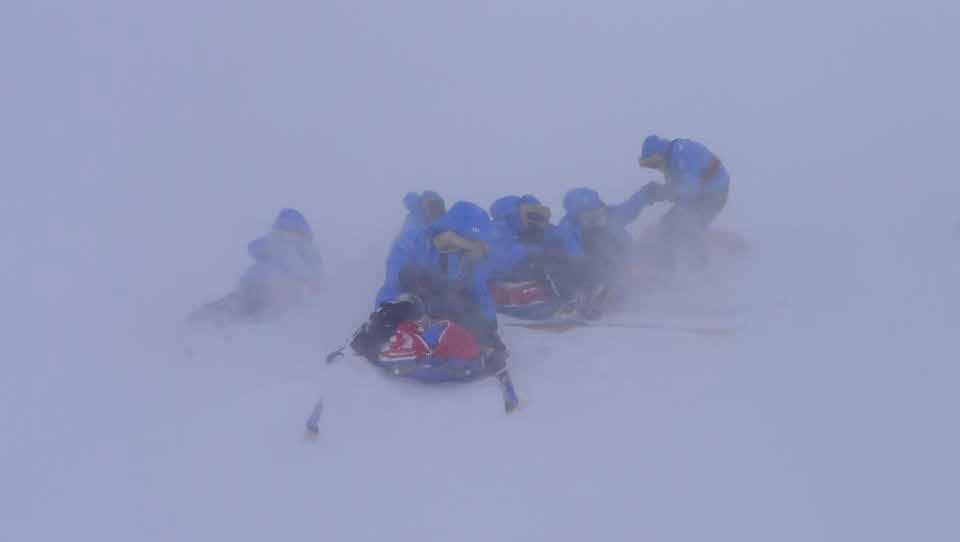
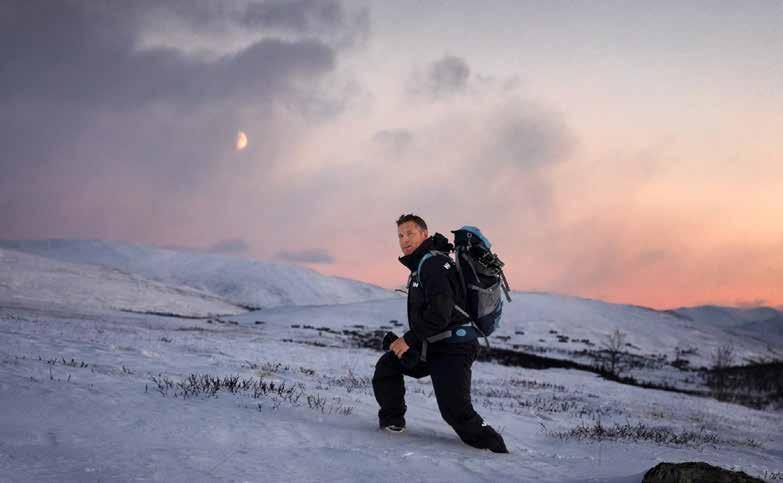
Inge Solheim with Prince Harry and Martin Hewitt in Svalbard, preparing for the Walking with the Wounded North Pole expedition

The biggest challenge of working with royalty is the lead up to the expedition because the people around them can be more ‘royal’ than they are. People who are born into royalty are usually very easy going, but their entourage can be very difficult. The biggest hurdle is all the fuss that surrounds celebrities.
Where I differ from other guides is that I push harder and go faster. It’s for my own sake, too, because I also want to push myself. The most interesting part of my job is the psychological aspect. The journey my clients go through from the planning phase to after the expedition is fascinating. I enjoy watching them grow during the experience and learn new skills. In my eyes, their mental journey is as important as their physical and geographical journey. I call it ‘life exploring’.
As most of the world’s frontiers have already been discovered, I don't feel I fit the shoes of the old explorers, I'm more of a guide. I try to make people feel better and learn more about themselves. I’ve hosted a lot of expeditions for soldiers who have PTSD and people with disabilities. Through good preparation, we've managed to turn these disabilities into assets and can deal with them in such a way that they are as able as an able-bodied person. For me, it’s really rewarding to see someone go through a mental or physical journey and get better during the process.
As for my own personal journey, there are a few things I still want to do. I want to climb some beautiful mountains, like Khan Tengri in Kazakhstan. I want to go down deep in submarines. I’d love to go into space, but not as a tourist – I would happily volunteer for a oneway trip to Mars. It wouldn't happen the next five to 10 years but I would want that extraordinary experience of leaving this planet and seeing new things.
My advice for people considering doing one of these adventure trips is that the barrier is actually really low – it’s almost always the perceived risks, not the actually ones, that keep people from doing it. The best thing is to find friends interested in the same thing, do your research and then just go out and do it. You’ll make mistakes, you’ll get blisters, but go and explore. If you have a friend more experienced than you, tag along on one of his or her trips to slowly to build up your confidence. You’ll soon see there’s no limit to what you can do. It’s so much easier than people think.”
ingesolheim.com
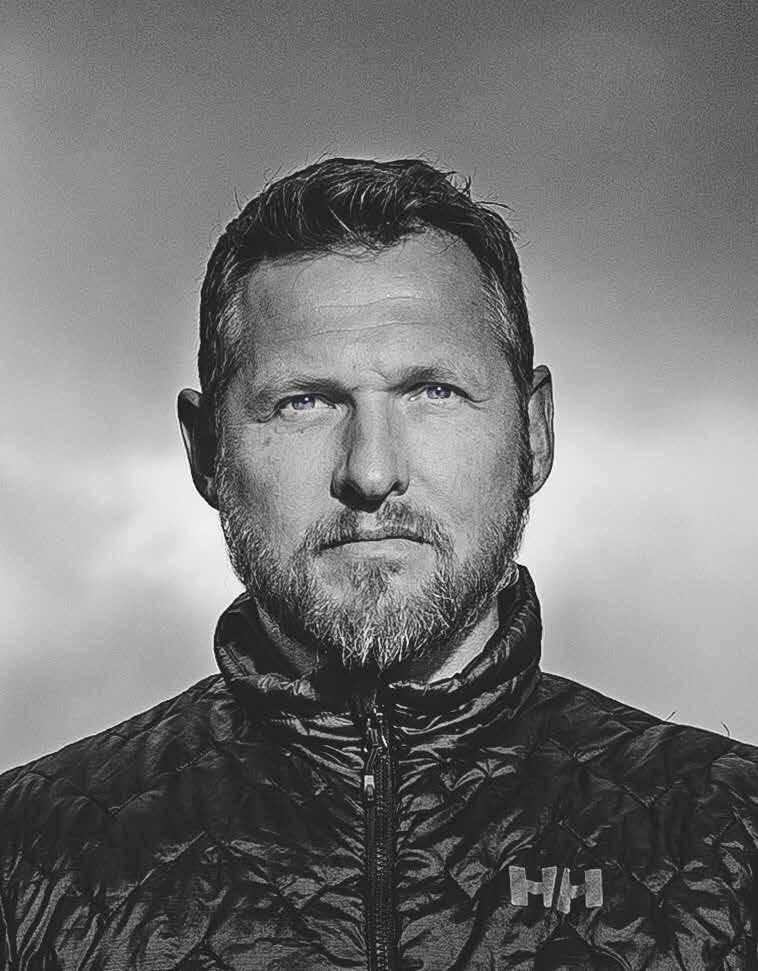
The great DISRUPTOR
As the first artist to sell his work via Bitcoin in the UK, Lincoln Townley is a force to be reckoned with
Words: Rachel Ingram
Art and technology are often seen as opposing enterprises, the former deemed somewhat traditional and elitist compared to the highly innovative and accessible digital world. Collecting art, meanwhile, can be seen as a hobby for old, rather than new, money – but that could all soon change.
As cryptocurrencies, currently worth over £280bn, continue to boom, a gap is being bridged between the digital and the physical as new ‘Bitcoin billionaires’ search for a way to spend their overnight earnings. One place the currency is beginning to inflitrate – much to the distate of traditionalists – is the $60bn global art market.
One innovator intent on distrupting the industry is Lincoln Townley, a British artist who, in December 2017, achieved a UK-first by selling a piece titled ‘Homage to Francis Bacon’ for 40 Bitcoin – the equivalent of around £480,000 at the time of going to print.
Here, Tempus speaks to Townley, a self-professed Bitcoin enthusiast, about risk, revolution and taking the power back from galleries. »

Homage to Francis Bacon is the first artwork that Lincoln Townley had sold via Bitcoin
What do you find so exciting about working with cryptocurrencies?
I think it’s a very attractive way of putting my story across. Many artists are too black and white or too worried – my energy is very much to do with opportunity. I think there’s a huge scope of opportunity with the blockchain and the way that it looks at governing transactions. Other people wouldn't see it like that – I reckon I could sit in a room and handpick twenty artists and none of them would know anything about Bitcoin. They wouldn’t want to take the risk with their work, I would bet on that. If someone said ‘I’ll buy a painting from you in Bitcoin’, I think they wouldn’t even know where to start, because lots of them don’t even sell their own work, they’re governed by galleries.
How do you plan to incorporate Bitcoin into your work?
Next year, I want to create a platform which can take Bitcoin currency as a transaction for the art. I want to be able to sell as well as I create, and that’s where other artists fall short. I think this currency opens up to a market of people that take risks. I look at it from a forecast point of view. Take the example of a Bitcoin investor, they forecast on a currency and put hard earned money into buying Bitcoin, whether if it was now or ten years ago, they’ve still got that risk element. I think if you gamble, I’m a good artist to gamble on, I think I’ve proven that.
Have you always been a risk taker?
I have, yes, absolutely. I’m excited by people who take risks. Most of the people that I want to be around are adventurous and want to do more. That’s the mentality I believe in and it’s also the mentality that many people who invest in cryptocurrency have.
I think risk is very exciting. I know that sounds a bit brash but it’s not boasting because I would’ve said risk is exciting five years ago when I had nothing, but that’s the point. I’ve gone from someone who literally had about £1,000 six years ago, to an artist who’s now a millionaire. Find me another artist that can say that. Many other artists don’t think outside the box. They go to their galleries, they give them the work, they don’t even ring the gallery to ask them how they’re doing. I will be on the phone to my galleries every single week without fail.
By working with cryptocurrencies, would you say you’re opening up the art world to a whole new audience?
No, I’m creating a whole new art world, in my opinion. I have no interest whatsoever in The Royal Academy. It’s boring, it’s grey, it’s stuffy, it’s narrow minded, there’s no optimism whatsoever and no-one seems able to fuel anybody with any new ideas. The establishment cannot stand me because I tell people they can sell, but they want people to sell when they’re dead. It’s very rare to find a wealthy, living artist because of the way that everyone is guided. It’s a similar thing to the banking institution – people don’t like change because it affects the way they’ve got to work and operate, but that is why I’m so excited by it.
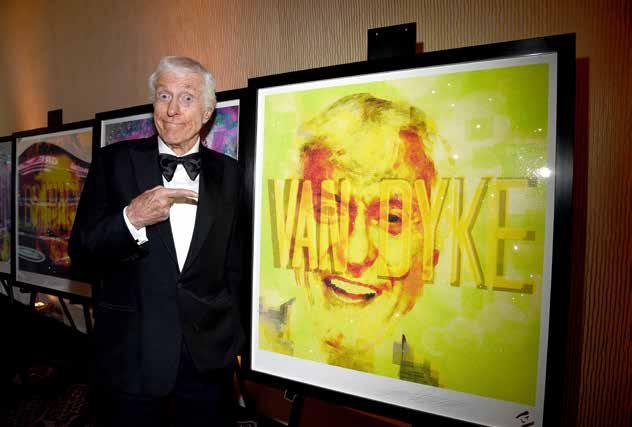
It sounds like you’ve got a fair few enemies!
Yeah, I’ve got many more enemies than I’ve got friends but I love it that way. Curators are going to start questioning me but I say bring it on, I’ll put it on the front page of my website. That’s what you’ve got to do and that’s the whole point of change. If you’re lucky enough to create change then embrace it.
Criticism seems to be the underlying theme of your upcoming documentary, 93 No’s.
The documentary is more or less based around how many galleries and art agents said no to me in the beginning. It’s really as rough and ready as me walking around the galleries, showing them my work and them just saying no, literally. In some cases even laughing at me saying ‘no chance’.
What was the inspiration behind your new collection, ‘Hell’, which is available to buy through Bitcoin?
My darker work looks at what we go through to achieve. ‘Hell’ looks at what we need to do to become successful and the risks we need to take. I’m doing 10 pieces at the moment with a homage to Francis Bacon. The collection features deep, jagged contours and howling faces sunk in oceans of colour – life-sized figures protruding from the canvas as they rage, fight and struggle to survive.
Tell us about the other side of your artwork, ‘Icons’, where you create portraits of celebrities.
What I was interested in was how famous people become iconic and how they’ve managed to sustain an iconic stature in such an aggressive, competitive market. I started out painting Russell Brand, Charlie Sheen and Nick Nolte, and moved on then to Al Pacino, Robert De Niro, Meryl Streep and other big names. I said: ‘listen, I’m interested in what you guys go through’, which, of course, they were intrigued by. One of the reasons I put their name in front of their face is to create a barrier between them and the viewer, because there’s no privacy in celebrity anymore. The reaction has been incredible. I’ve been BAFTA’s resident artist for the last three years – it’s fair to say I am the most famous portrayer of famous people in the world.



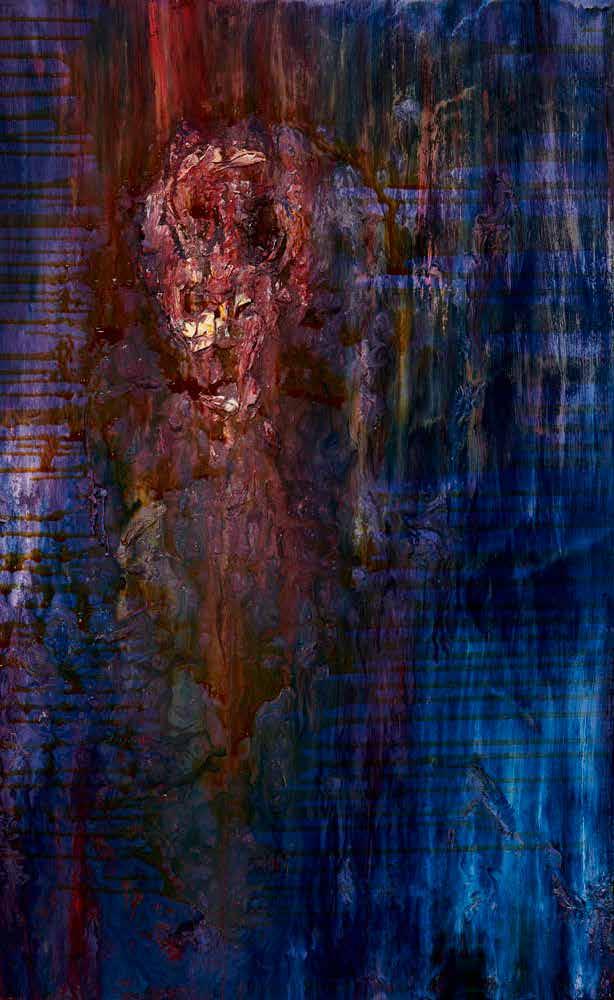
Townley’s Hell collection explores the price of success






